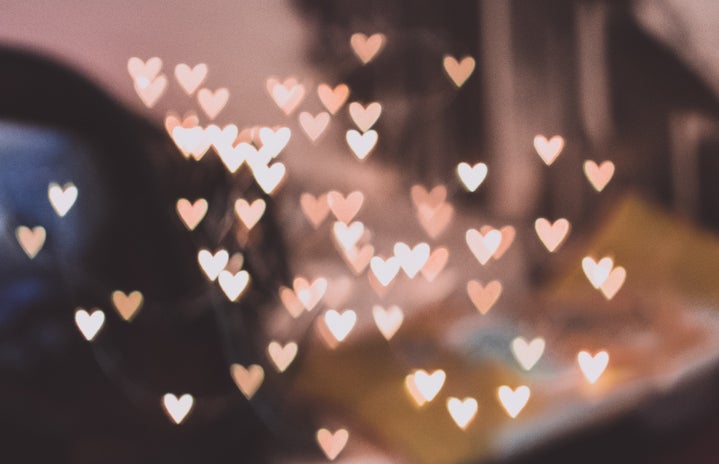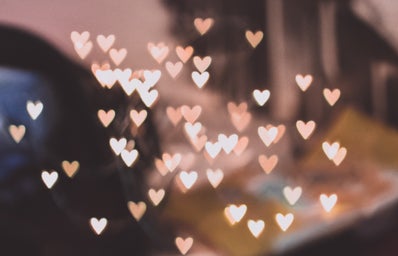Edited by Tanmaya Ramprasad
The Appeal of the 2000s Chick Flick Heroine
From the hyperfeminized strong women to the unapologetic prevalence of hot pink, it’s hard to deny that the early 2000s chick flicks are really fun. Movies like Legally Blonde (2001) and The Devil Wears Prada (2006) certainly have their flaws, but they always feature powerful women who don’t sacrifice femininity, making them the film equivalent of a chat with girlfriends – playful, encouraging, and indulgent. Their hot pink aesthetic is nostalgically reminiscent of dressing up in bright colours and glitter as a little kid, shouting “girl power” at anyone who will listen.
Chick flicks are also a movie sphere in which women are afforded power, and not just as heroines. From snooty rival to cranky boss, women are found in powerful antagonistic positions, forcing the protagonist to grow and overcome challenges before eventually warming up to them – just look at Elle and Vivian’s friendship in Legally Blonde or Miranda Priestly’s fondness over Andy in The Devil Wears Prada. Male antagonists are not uncommon, but the prevalence of strong females and the assurance that the heroine will always win provides a relaxing break from testosterone-driven movies like The Bourne Identity (2002) or Inglourious Basterds (2009).
Elle Woods: Superstar Lawyer and Continual Inspiration
Arguably the most popular of the empowering chick flick heroines, Legally Blonde’s Elle Woods is still inspiring today. Despite her popularity and academic achievements, Elle is belittled and attacked in the film’s opening. She’s treated horribly by her boyfriend and is dumped because she’s “not serious enough” (punishing her for her unapologetic hyper-femininity). Her law school prospects are disparaged by her guidance counsellor due to her frivolous major, despite the fact that she obtained a 4.0 and law schools don’t look at undergraduate majors. Even when Elle finally makes it to law school, she is ostracized by the other students simply because she is too preppy. Still, she works hard and becomes incredibly successful, winning court cases while still in law school and eventually graduating at the top of her class with a job offer. To the female viewer, Elle’s victories are a promise that you don’t need to conform or compromise your femininity in order to succeed.
With that being said, Legally Blonde undeniably has its issues. Elle’s classmate Enid is the film’s most explicit female activist and had the potential to further demonstrate that empowered women can break the mould in a variety of ways, yet she is reduced to a judgemental lesbian stereotype, another mean face for Elle to win over. The film is also incredibly white – the few people of colour included generally have little on-screen time and fill extremely stereotypical jobs, from the Latino pool boy to the East Asian manicurist. There’s also the issue of Elle’s romantic situation with Emmett – even though he technically isn’t her professor or boss, the fact that he’s significantly older than her and holds a senior position at her workplace makes their eventual relationship feel uncomfortable. Still, especially given the cultural climate of the 2000s, Legally Blonde stands as a light-hearted, empowering movie that promises that women can be successful, albeit with a few flaws that viewers should be conscious of.
Yet Legally Blonde’s continual popularity in the late 10s and early 20s inevitably pits it against more progressive feminist films that have come out recently. Why is it so fun to rewatch Legally Blonde when we now have Hidden Figures (2017), Ocean’s 8 (2018), and Bombshell (2019)? The unapologetic frivolousness. Like Legally Blonde, Hidden Figures and Bombshell both focus on women who face difficulties due to their gender. Ultimately though, the recent films depict harsher realities as well: sexual abuse, the intersection of sexism and racism, the erasure of powerful women (especially women of colour) from history, the seemingly invincible reputation of powerful white abusers. While Ocean’s 8 doesn’t deal with heavy topics, the hot pink hyper-femininity of the mid-2000s chick flick is still missing. Legally Blonde ultimately owes its continued success to its light-hearted nature, as well as a nostalgia for hyper-feminine ‘girl power’ feminism. Still, it isn’t for everyone.
Chick Flicks …and Children?
Although Legally Blonde can be fun to watch during a girls’ night in, its flaws require a fair amount of acknowledgement and critical thought. When we see Elle’s hyper-feminine style, we recognize it as a trope, rather than a definitive requirement for her success, or an acceptable explanation for how others treat her. When we see Enid characterized as a stereotypical lesbian, we understand it as a flaw reflecting the prejudices of the time. While we see Legally Blonde as gently empowering, we know that the film has its faults and we must critically acknowledge their effects, rather than turning a blind eye.
Still, Legally Blonde is, ultimately, quite a tame movie, earning it a PG rating in Canada. Many parents or caregivers could easily pop it on for a movie night with a young girl. Despite the empowering message that the film has for adults, the hyper-feminized, all-pink stereotypes can be harmful to young girls. When viewed by young girls, Legally Blonde can not only normalize the harmful stereotypes that are explicitly presented (i.e. Enid’s snarky lesbianism) but actively work against the film’s intended message, implying that women should be hyper-feminized in order to succeed, rather than showing how even hyper-feminized women can succeed. Ultimately, Legally Blonde is a fun, uplifting movie, but those who watch it should view it critically, as with any film; children that haven’t developed critical thinking skills yet should probably wait a few years to see it.


